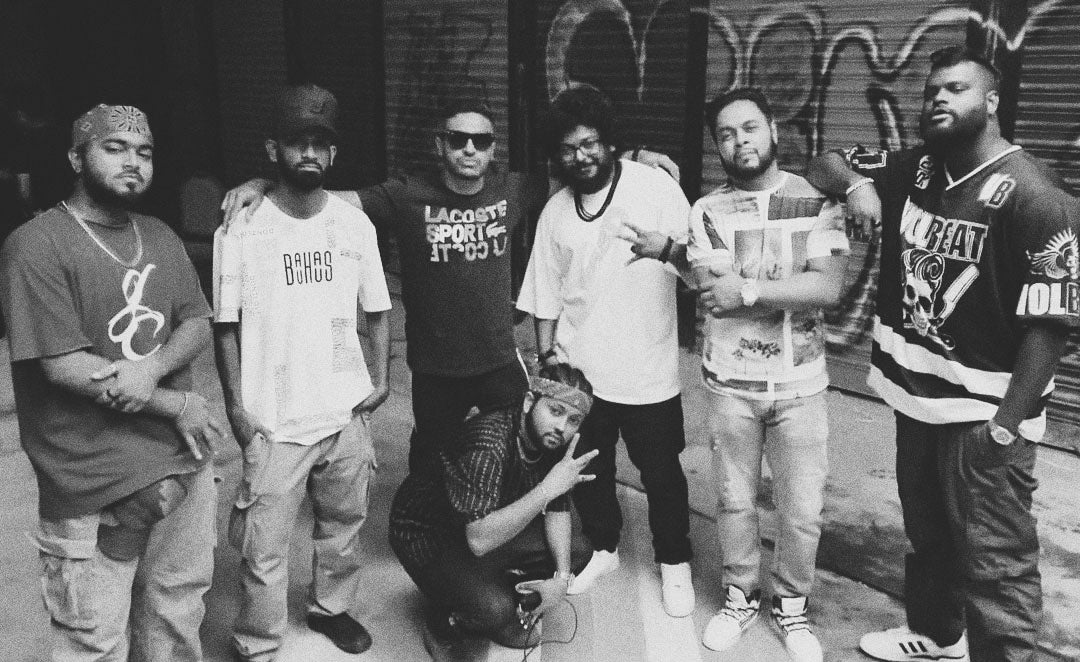
Bengal's Hip-Hop Revolution
Share
Hip-hop in Bengal, spanning both West Bengal in India and Bangladesh, has evolved into a dynamic cultural movement, resonating deeply with the region's youth. The journey of this underground art form began in the early 2000s, primarily influenced by the global spread of hip-hop culture.
In Kolkata, the formation of the band Underground Authority in 2010 marked a significant milestone, popularising English rap before the local scene shifted towards Bengali. Artists like Cizzy and Joesjoint have been pivotal, using Bengali to convey powerful messages rooted in local culture and societal issues. Cizzy's "Middle Class Panchali" and the duo's collaborative project Streetfood Music exemplify this trend, blending traditional Bengali elements with contemporary hip-hop beats (India Today) (The Telegraph India).
Bangladesh's hip-hop scene also saw its roots in the mid-2000s with pioneering groups like Stoic Bliss and Deshi MCs. Fokir Lal Miah, Towfique and others just changed the scene like a storm bringing hiphop & Bangla rap into mainstream. Stoic Bliss introduced "Banglish" (a mix of Bengali and English), while Deshi MCs brought gangsta rap influences. The scene in Dhaka thrived with acts like Jalali Set, who gained fame for their raw portrayal of street life through tracks like "Sura Target".
Women in Bangla Rap
Women in Bangla rap are making significant strides, challenging the male-dominated industry and bringing fresh perspectives to the genre. In Kolkata, artists like Tritha and Meba Ofilia are gaining recognition for their unique styles and bold lyrics. Tritha, known for blending Indian classical music with hip-hop, addresses social issues and personal experiences in her music. Meba Ofilia, with her powerful voice and impactful lyrics, tackles themes of identity and empowerment (India Today).
Parallel soundscapes coming in from MC Disha, KDiva, Sukanya, Rialan & SAKU₹O – East Side Queens recently also added the much needed punch to the whole scene.
In Bangladesh, female rappers like Farzana Wahid and Tashfee are breaking barriers. Farzana Wahid, also known as 'Queen of Bangla Rap,' is known for her fierce delivery and socio-political commentary. Tashfee, with her soulful voice and poignant lyrics, brings a new dimension to Bangladeshi hip-hop, addressing themes of love, loss, and resilience.
Today, Bengali hip-hop is characterized by its lyrical depth and cultural references. Artists like MC Shaq and Anuz666 explore themes from political unrest to personal struggles, often blending multiple languages to reflect Bengal's linguistic diversity. This movement has become a voice for the marginalized and a platform for artistic expression, uniting listeners across the Bengali-speaking world.

Prominent phrases in Bengali hip-hop include "Bunohansh" (wild goose), symbolizing untamed potential, and "Notun Sahaj Path" (New Easy Reader), which nods to Rabindranath Tagore's work while addressing contemporary issues (India Today) (The Telegraph India).
As Bengal's hip-hop scene continues to grow, it stands as a testament to the region's rich cultural heritage and the global influence of hip-hop, blending local narratives with a universal art form.


